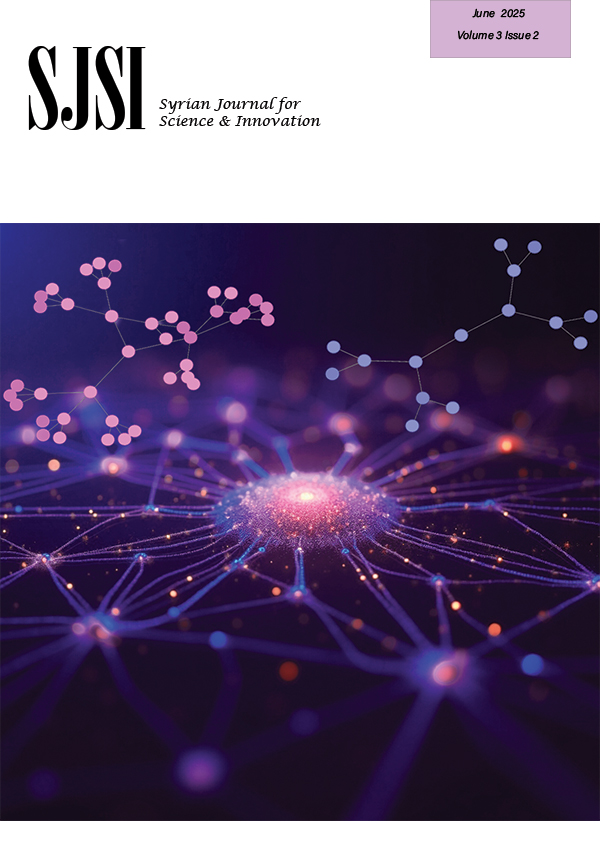A Classification Process Using Decision Tree Machine Learning Model for Determining the Effect of Anticoagulants on the Fate of Different Types of COVID-19 Patients with Other Diseases [Arabic]
2024-03-27 | volume 2 Issue 1 - Volume 2 | Research Articles | Baraa Alnassif | Sira AstourAbstract
The high rate of COVID-19 deaths due to blood clots has become a global concern, and the disease is further complicated by a hypercoagulable state, with several studies indicating increased death rates associated with it. As a result, anticoagulants are generally used for COVID-19 patients, as a treatment to prevent blood clots. An analytical study was conducted on the data of 1,131 patients who were infected with the Coronavirus (COVID-19) and were admitted to the hospital during the period from 8/30/2020 to 5/11/2021, and included personal data, clinical symptoms, medical history, treatment, and the fate of each patient. The decision tree (DT) algorithm was applied to a specific part of the analyzed patient data (age, oxygenation, heart disease, Neurological and vascular diseases, pulmonary diseases, hypertension, and kidney failure, in addition to prescribed anticoagulants and mechanical ventilation), was divided into two groups, deceased or recovered. Low oxygenation in COVID-19 patients was the most critical factor, followed by neurological and cerebrovascular diseases. The results of prescribing Rivaroxaban were generally better in COVID-19 patients, except for the elderly and patients treated with nebulization, where the mortality rate was the lowest at 10.53%. If Enoxaparin was prescribed, the death rate was 30.2% for COVID-19 patients. However, prescribing Enoxaparin was useful for patients with bronchial and pneumonic allergies, which are not considered critical cases for those infected with COVID-19 in all cases. Prescribing both Enoxaparin and Rivaroxaban together did not lead to positive results for patients with renal failure, and the absence of prescribing anticoagulants had negative consequences for patients with high blood pressure, especially for the elderly. Finally, the classification of the same data from a specific sample using a decision tree may differ depending on the required constraints, which are the depth factor, the minimum gain factor, and the partition criterion.
Keywords : Classification, Decision Tree, COVID-19, Anticoagulants, Clinical Data.
(ISSN - Online)
2959-8591

